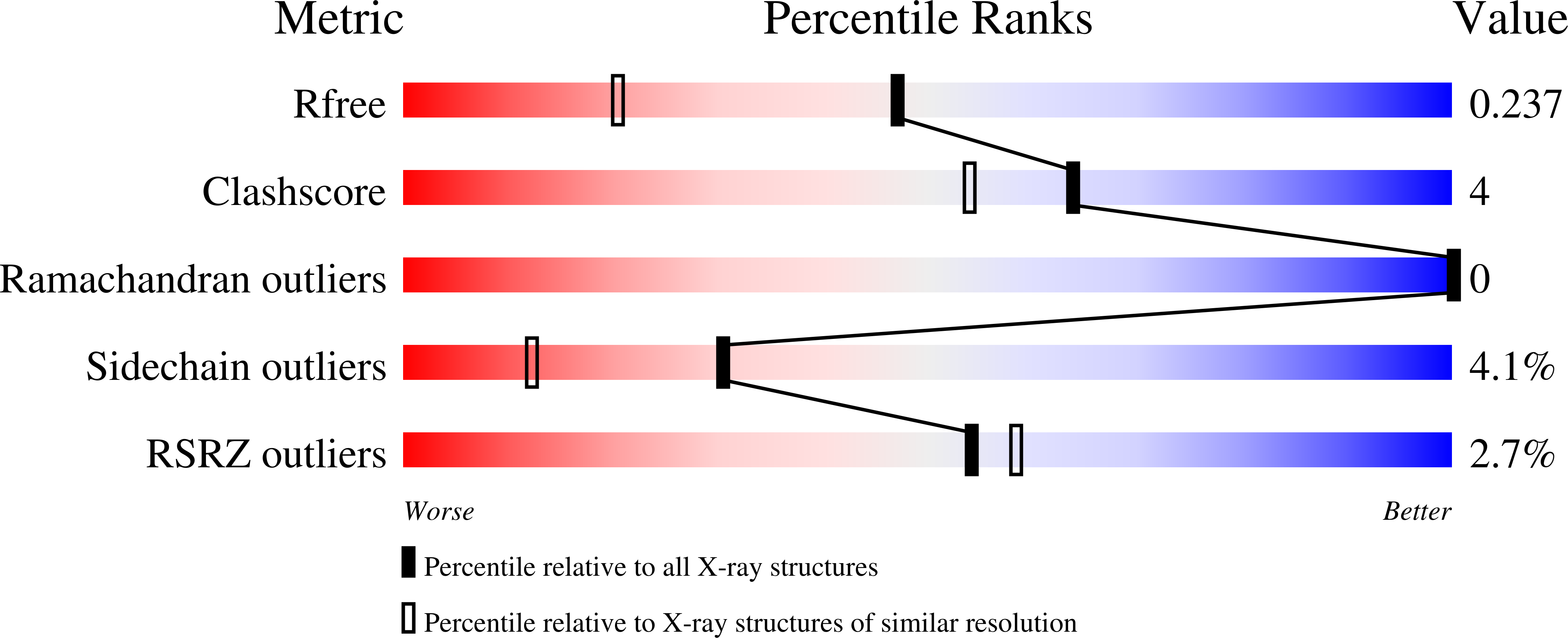
Deposition Date
2023-06-28
Release Date
2024-07-10
Last Version Date
2025-04-23
Method Details:
Experimental Method:
Resolution:
1.70 Å
R-Value Free:
0.23
R-Value Work:
0.20
R-Value Observed:
0.20
Space Group:
P 1 21 1


